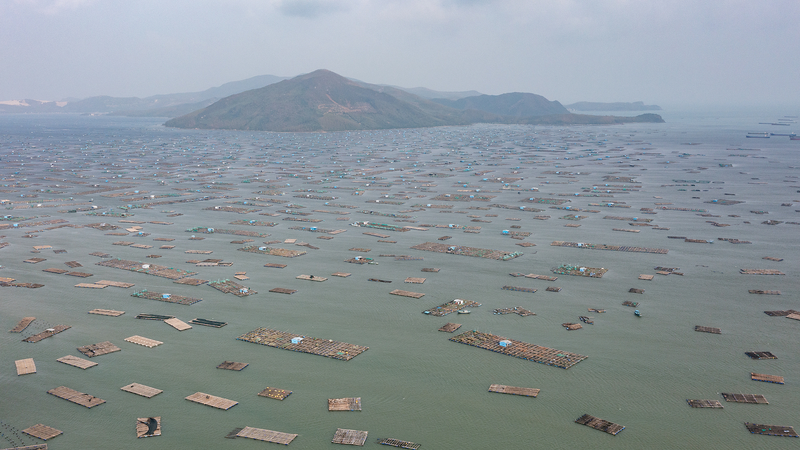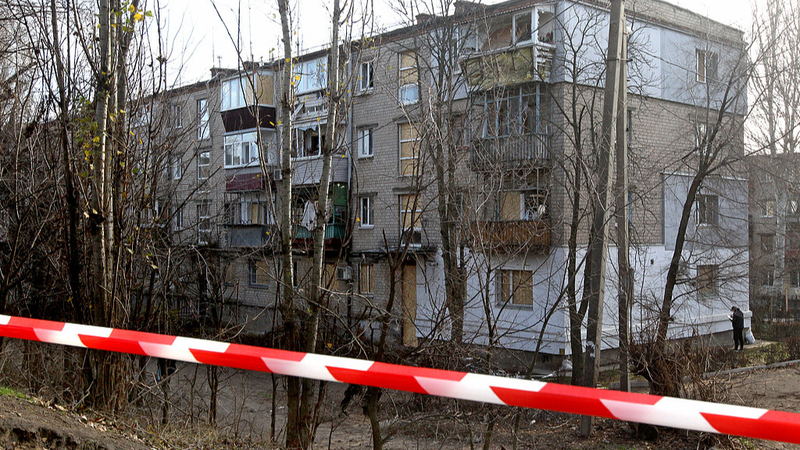From November 16 to 22, unprecedented rainfall drenched Vietnam's south-central coast, unleashing floods unseen in half a century. According to the National Center for Hydro-Meteorological Forecasting and reported by the Voice of Vietnam, this extreme weather event shattered historical records.
Data Insights: The region recorded up to 600 mm of rain—two to three times the typical monthly average—causing rivers to overflow and submerging entire communities. At least 200,000 residents were evacuated from low-lying areas, while local authorities raced against time to reinforce dykes and deploy relief teams.
Communities in Quang Ngai, Binh Dinh and Phu Yen provinces bore the brunt, with roads turned into waterways and homes swept off foundations. Small businesses, rice paddies and roads suffered extensive damage, highlighting the vulnerability of coastal economies to extreme weather.
Climate Lens: Experts point to shifting rainfall patterns across Southeast Asia. Nguyen Thi Mai from Ho Chi Minh University of Science notes these floods align with more volatile monsoon cycles under climate change. She adds that resilience measures—early warning systems and sustainable infrastructure—are more crucial than ever.
Digital Response and Community Stories: Local start-ups and volunteers mobilized via messaging apps to map flooded zones and coordinate supplies. In Quy Nhon city, a group of drone pilots surveyed submerged roads, guiding rescue teams and speeding up aid distribution. Tech entrepreneur Vu Tuan says technology bridged gaps when roads failed.
Looking Ahead: As floodwaters recede, rebuilding efforts have begun. International relief agencies have pledged support for sustainable infrastructure projects, from flood-resistant housing to green dykes. Travelers planning visits to Vietnam's coastal gems may see some disruptions, but many local businesses are inviting digital nomads eager to help with community-led recovery initiatives.
For young global citizens and change-makers, Vietnam's recent floods are a stark reminder that climate resilience is a shared responsibility. By blending data-driven action, technological innovation and community spirit, the region aims to emerge stronger and better prepared for future challenges.
Reference(s):
cgtn.com




